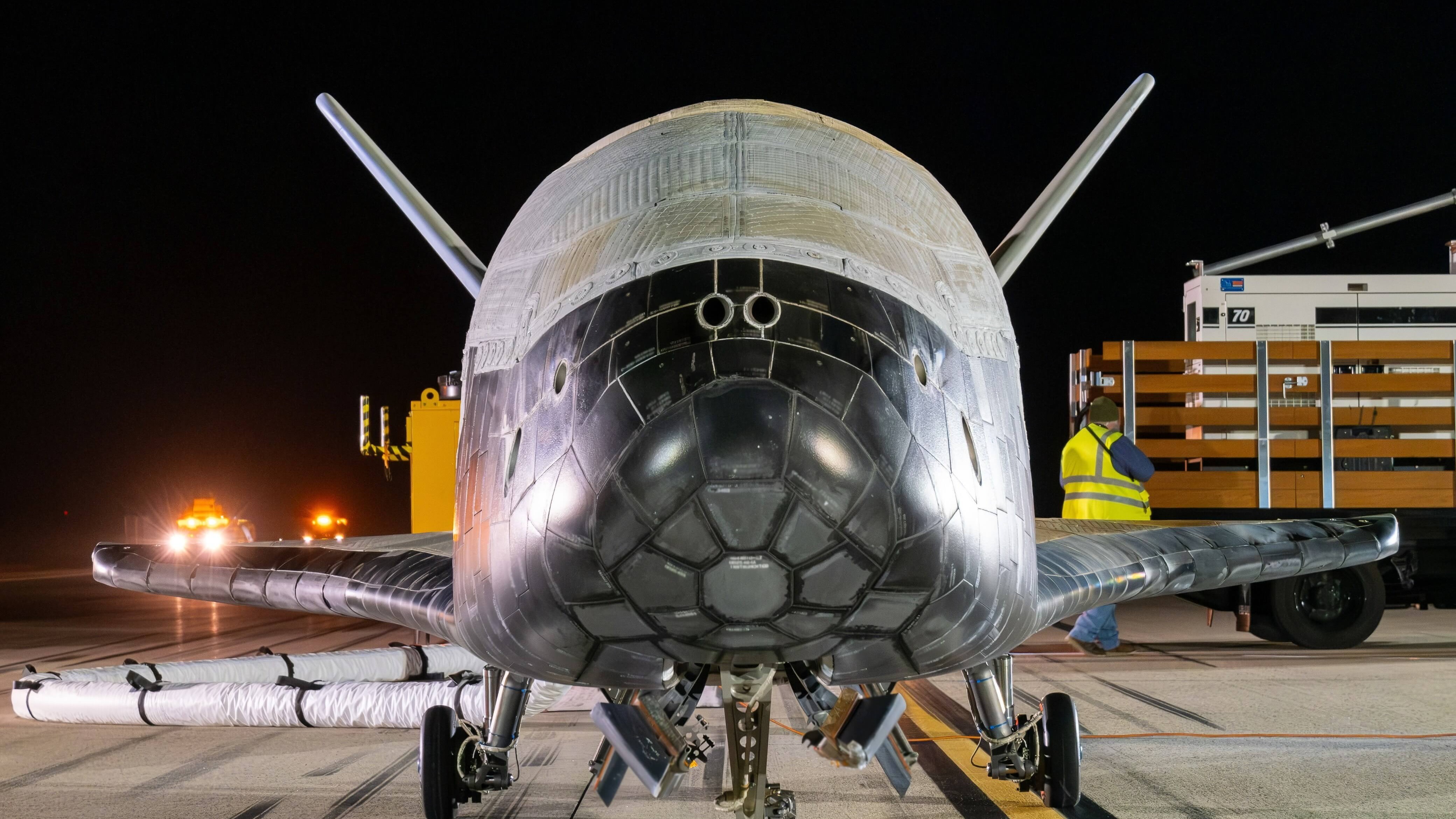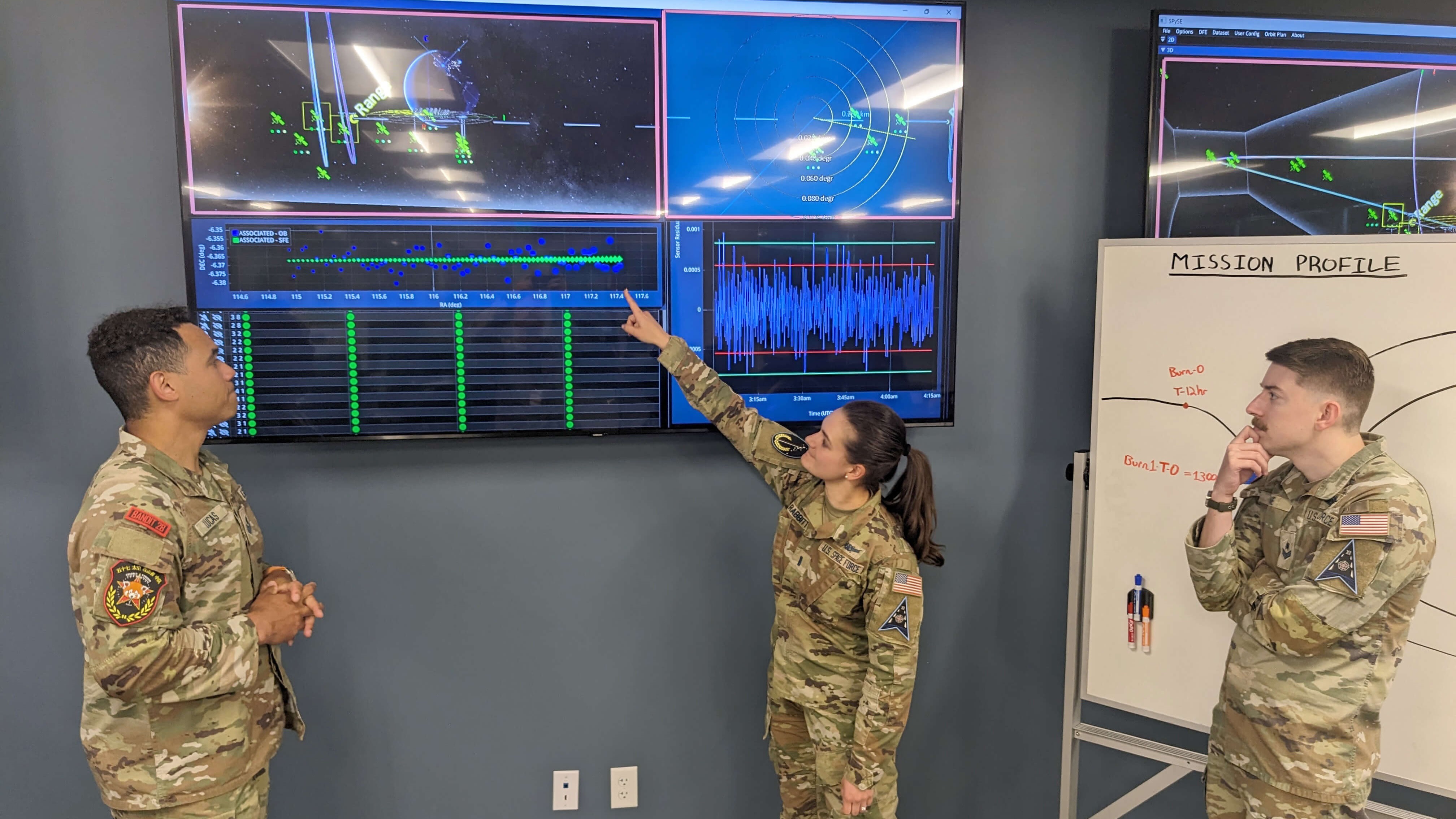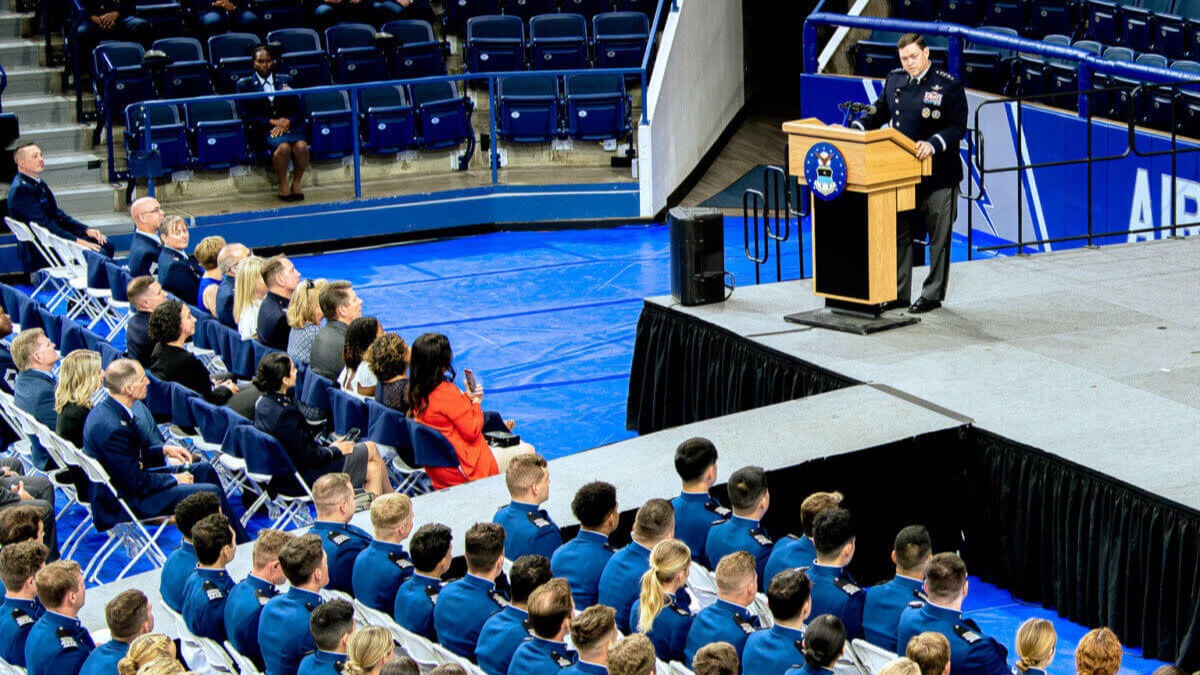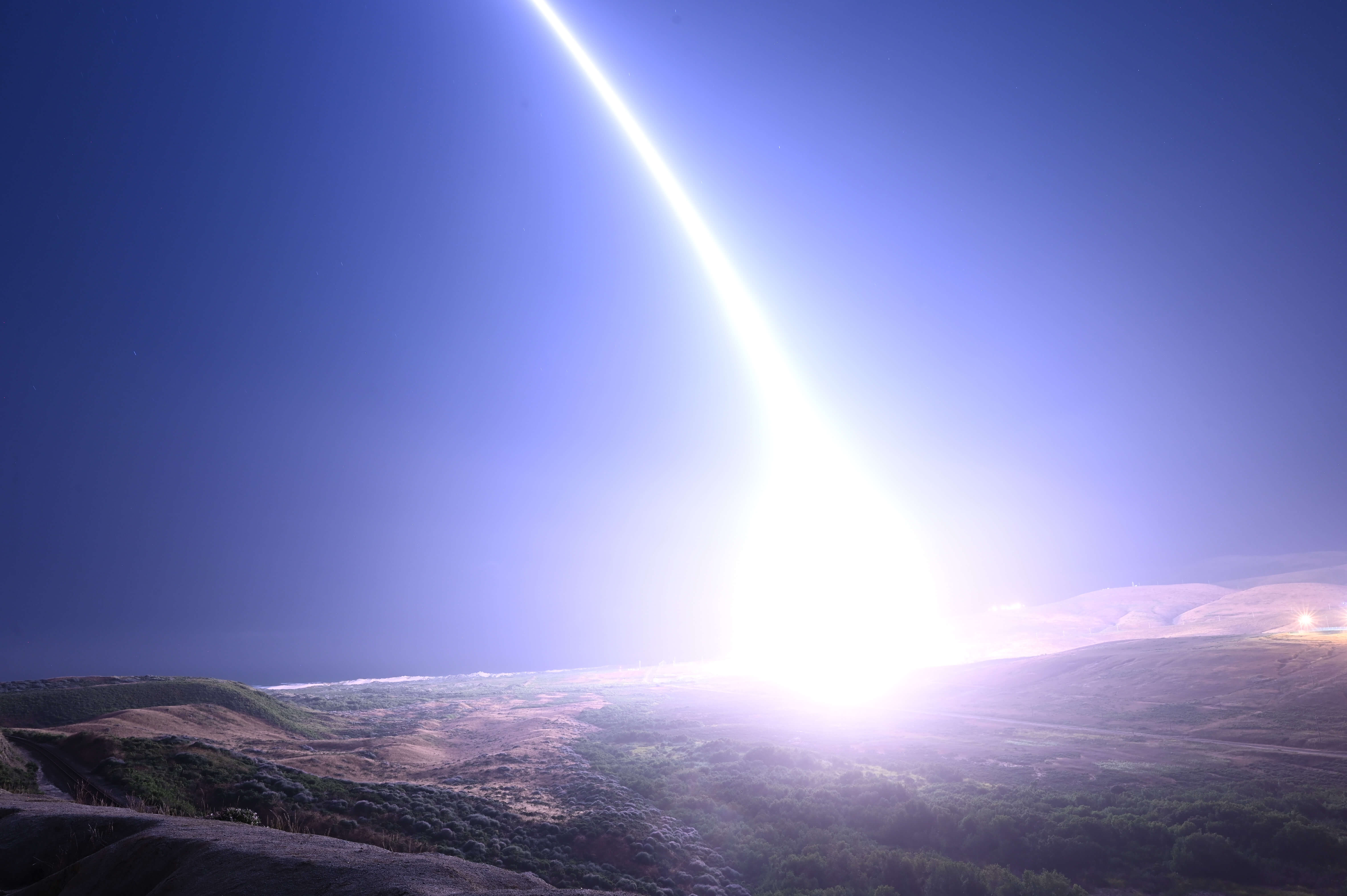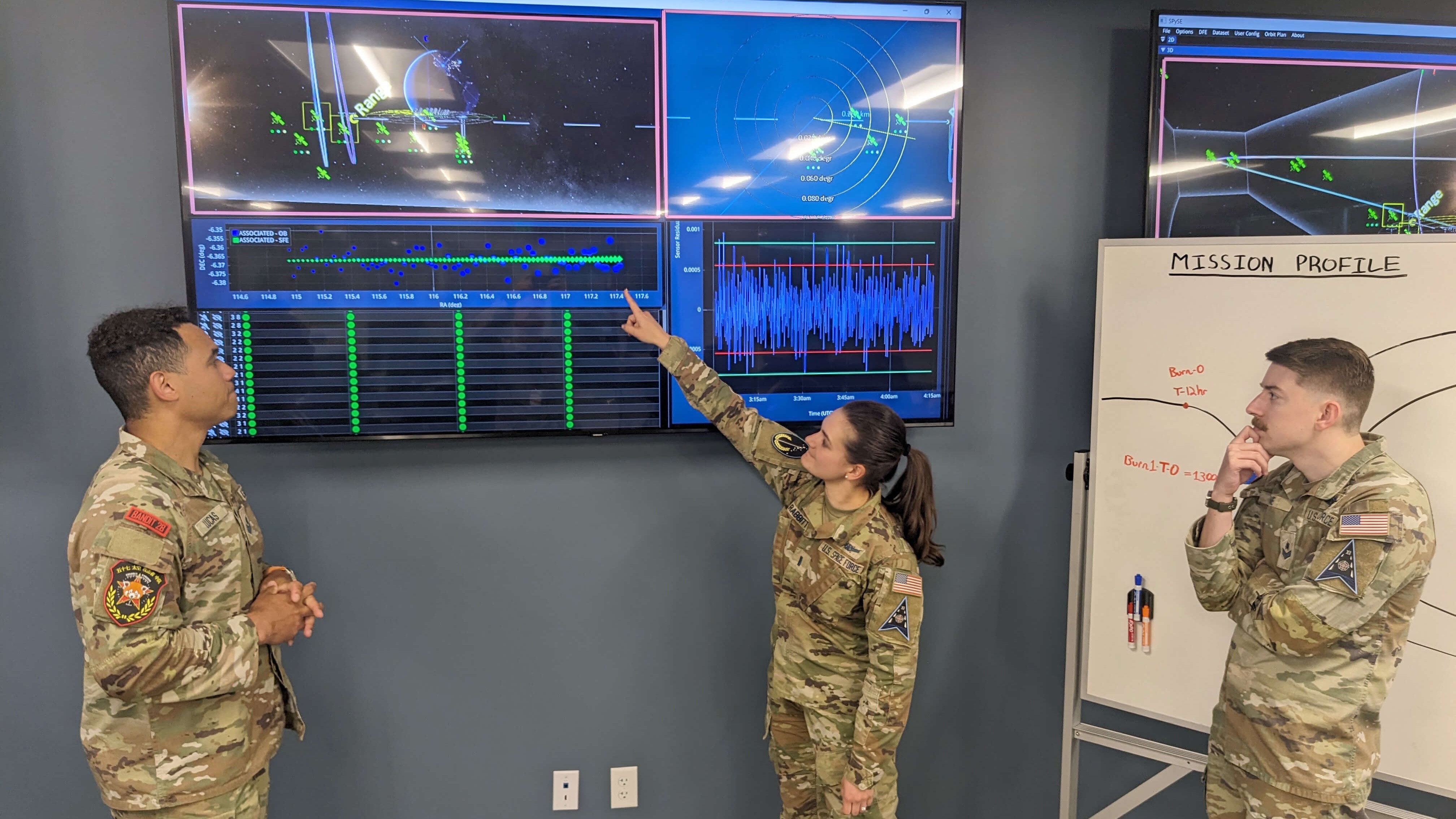
0 min read
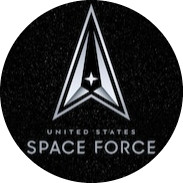
United States Space Force
U.S Space Force
98th Space Range Squadron takes warfighter readiness to next level
WASHINGTON (AFNS) -- For decades, Air Force test and training ranges, like the Nevada Test and Training Range and the Utah Test and Training Range, have provided aircrews with flexible, realistic, multidimensional battle spaces to conduct testing and advanced training. Though only a few years old, the National Space Test and Training Complex functions as a space-based counterpart, providing unique opportunities for Guardians to hone their warfighting skills in the era of Great Power Competition.
The Orbital Warfare Range of the National Space Test and Training Complex provides operational environment presentation, dedicated space domain awareness, time space position information data, safety of flight, security and range control in support of Space Force test, training and experimentation activities.
NSTTC-O is operated and managed by the Range and Aggressor Delta, Space Delta 11, under the authority of Space Training and Readiness Command. DEL 11 is comprised of five squadrons, and the newest is the 98th Space Range Squadron, activated in 2022. The 98th SRS provides a safe and secure operationally representative live-on-orbit environment to test developmental and operational space systems.
Capt. Anthony Guglielmo, 98th Space Range Squadron mission safety officer, acknowledges the concept of a space range can seem abstract to those outside of space-related career fields. He says it helps people to better conceptualize the range when he describes it like a “sandbox at the playground.”
“In simple terms, it means that if you’re a space operator or a test engineer, who wants to come and test out your new equipment in space, we provide a safe, secure, supervised area with lots of different toys for your equipment to interact with,” Guglielmo said.
Basic examples of equipment considered ideal for testing in the range might include an optical payload (essentially a telescope or camera), or a satellite communications relay.
For partners like Space Operations Command, STARCOM, Space Systems Command and the test community at large, the ability to determine if equipment behaves as expected in a live environment is an important part of the development process because it allows operators to try new and different things traditionally only available through computer simulation.
Institutions like the Massachusetts Institute of Technology Lincoln Laboratory and the Air Force Maui Optical and Supercomputing site enable the 98th SRS to provide cutting-edge, high fidelity sensor data for real time situational awareness and analysis. This data enables users to gain a deeper understanding of their tactics and equipment.
In addition, creative thinking and well cultivated relationships have yielded the incorporation of residual assets, such as research and development satellites that are past their standard life span, into the inventory of “toys” in the sandbox.
“Since these assets are past their design life, there’s significant utility in giving them new life within the range for a variety of experimentation purposes,” Guglielmo said. “At the end of one or two years, it’s still a hunk of metal in space that can do maneuvers, and that makes a great surrogate for us to utilize.”
Scarlet Stars is one example of a tactics and development event that harnesses residual assets in support of Space Delta 2. Introduced by the 57th Space Aggressor Squadron, also a part of DEL 11, and executed in collaboration with the 98th SRS and operators from SSC. Scarlet Stars provides an opportunity for all three organizations to work closely with DEL 2 to customize a training plan and create a threat-based training scenario.
“Tracking things in space is a challenge,” said Tech. Sgt. David Morrison, 98th SRS plans and scheduling flight chief. “Tracking really small things in space is exponentially harder.”
One of the residual assets in use is a 27U Satellite — about the size of two shoeboxes taped together — set out 36,000 kilometers above the surface of the earth, making it an ideal training aid.
“DEL 2 has been working to sharpen their skills in identifying something very small and determining if that small thing just maneuvered,” Morrison said. “With the help of the 57th Space Aggressor Squadron, we can use the ‘shoe boxes’ to provide that exact scenario, including truth data that helps operators determine if they were indeed able to get their sensors to align accurately and quickly enough to capture the movement.”
Because of the significance of range activities on Guardian readiness, both the size of the 98th SRS and the number of requests to utilize the range are growing exponentially. The squadron of 28 is increasing, and opportunities to host multiple entities and more intricate range scenarios are expanding.
“We’ve had great success with Scarlet Stars for DEL 2, and we’re looking forward to helping others with their training goals as well,” Guglielmo said. “We want to open the aperture even wider. For example, we’re currently working with Space Delta 9 to execute their Protect and Defend advanced training objectives.”
Though the standard planning timeline for range coordination can take months depending on users’ specifications, some test and training objectives can be shortened. Interested parties are encouraged to reach out directly to the 98th SRS to explore collaboration opportunities.
“It’s truly meaningful to be part of the team building the squadron, range, and unique set capabilities from the ground up,” Guglielmo said. “The role we play in sharpening warfighters’ swords has a direct and lasting impact on our nation’s space superiority.”
Share Article
Article Tags
